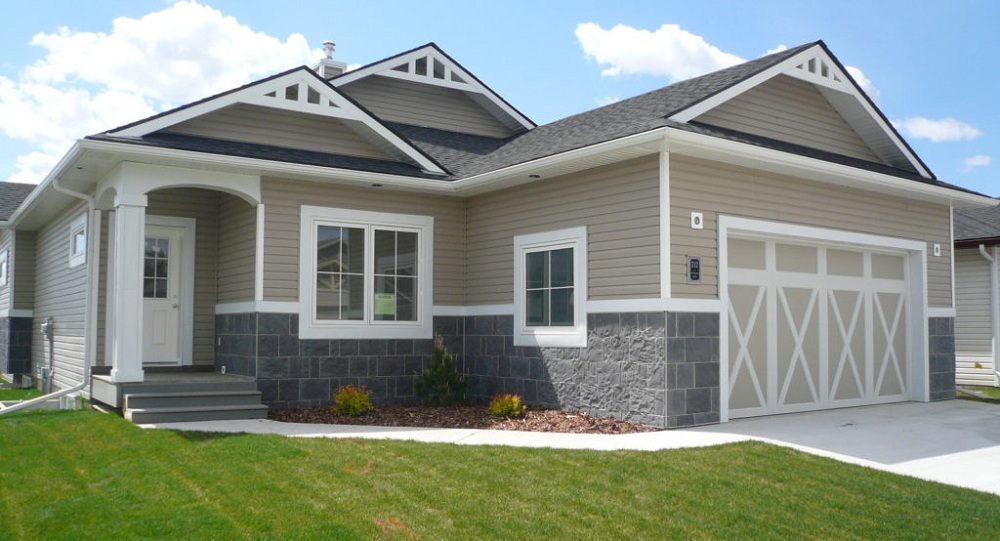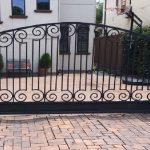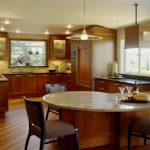Green Roofs Systems are on a rise today and have started replacing the other systems made of tiles, metals, asphalt, and membranes. The main reason behind people opting for an Eco-roof system is it is an energy efficient, Eco-friendly substitute. The green roof forms a layer on the long-established roofing materials with vegetation which makes it available to the many advantages of the structure and the environment. A green roof consists of a number of layers like a layer of soil along with layer for drainage, waterproofing, and a vegetation layer that is on top of all of them. Although, depending on the type of roof systems, you may have to install an irrigation system for maintenance of the plants but usually; the plants used for these roof systems do not require much watering since the installed plants are generally found in drought-prone areas.
There are two different types of green roofs – the extensive and the intensive. In the extensive roofs system, the use of thinner layers makes this particular roof type much lighter. It is also known as the “Eco-roof”. This lighter roof needs less added bracing and support for its structure making these extensive green roofs much cheaper. Extensive roofs don’t need as much soil medium so, they can usually grow low growing plants such as mosses, succulents, and grasses that grow only 16 to 24 inches tall forming a modest roof. These extensive green roofs need very low maintenance mainly because the plants are drought tolerant.
In the intensive roof type, as the soil medium depth is much more, so the variety of plants that can be grown is also more. Because of this, the intensive roof is heavier which requires extra bracing and support. As the soil is more in the intensive roof, which allows taller plants to be grown. With the intensive system, you may also find waterfalls, gazebos, and other similar structures. Despite the fact that intensive roofs need more maintenance and materials; they make an outdoor area available which can be used for recreation or gardening.
Having such a roof has a number of advantages and one of the most beneficial is that it helps in reducing heat from the roof while helping you save the energy costs. These roofs also help in reducing the noise pollution as they are very good insulators and can reduce up to 10 decibels.
A green roof helps the roof membrane last longer as it prevents the membrane layer from absorbing the sun’s heat. These roofs can preserve water well so that there are less stormwater drainage and runoffs from the building. Such roof types reduce the number of pollutants that run off with the rainwater from buildings. The roof is also able to retain most of the water, the plants absorb some of the pollutants thus purifying the water that leaves the building.
Green roofs are natural air filters because the plants take a variety of airborne toxins which, consequently, purifies the air. The best advantage is that the intensive green roofs make garden and yard spaces available in small living conditions, such as apartment buildings.
You may also like 4 Technology Tips to Keep Homes Safe


